Toronto’s Royal Ontario Museum is the largest museum in Canada and one of the largest in North America. It first opened in 1914 and for much of its life was under the control of the University of Toronto, before becoming a fully independent body in 1968. Today it is Canada’s largest institution for scientific field research and is particularly renowned for its world class fossil collection.

The museum buildings grew in stages with the original 1914 west wing being in a neo-Romanesque style and the 1933 east wing showing Art Nouveau influences including rather grand mosaic ceilings.

The museum undertook another major phase of renovation and expansion in the early 2000’s with The Crystal, an extension designed by Daniel Libeskind opening in 2007.
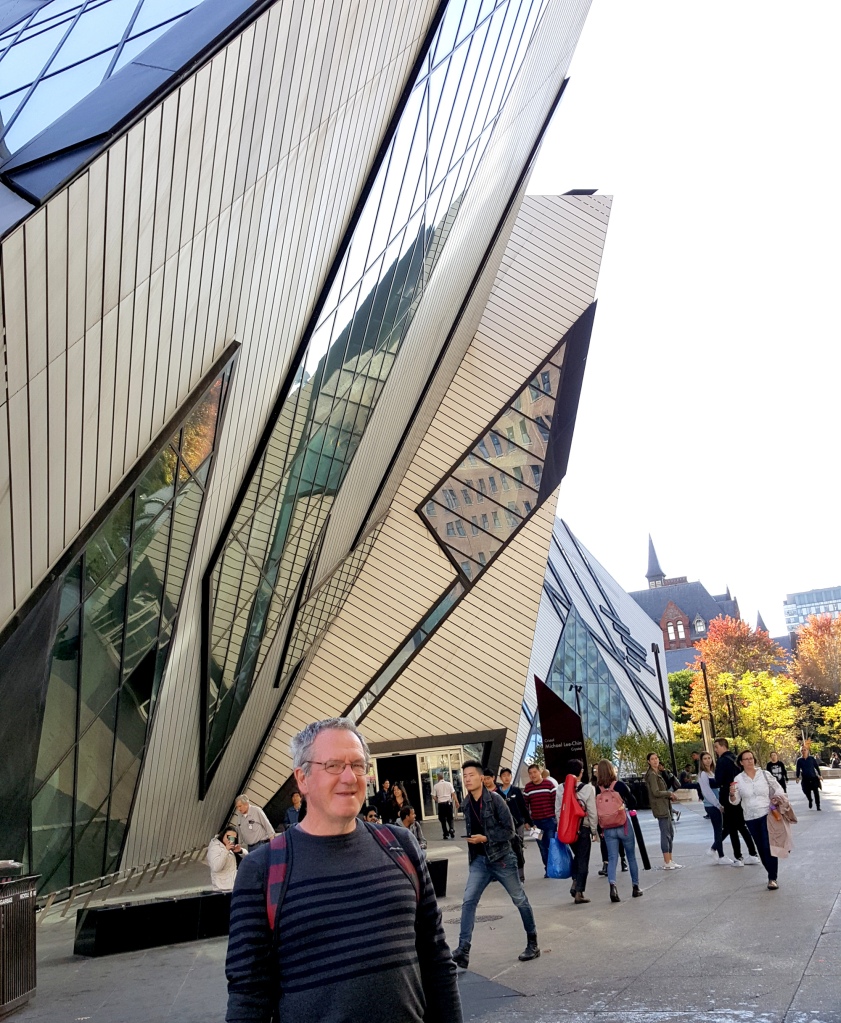
This extension seems to be loved and hated in equal measure. We found it an interesting bit of architecture but it is hard to deny that its primary purpose was to make a grand statement rather than provide a well planned space to display exhibits.

The museum has many galleries covering many aspects of science, history and culture but it is probably the dinosaur galleries that make the biggest impact. The layout is rather old fashioned, with many, often unrelated dinosaurs packed side by side. Here there is none of the blind stumbling through darkened rooms that is now fashionable in Europe and the impact of the exhibits is not diluted by vast walls of educational reading. It does have its modern quirks for the kids (get an instant photo of you being chased by a T-rex!) but the dinosaurs themselves are fabulous and really show off the fossil riches of Canada.

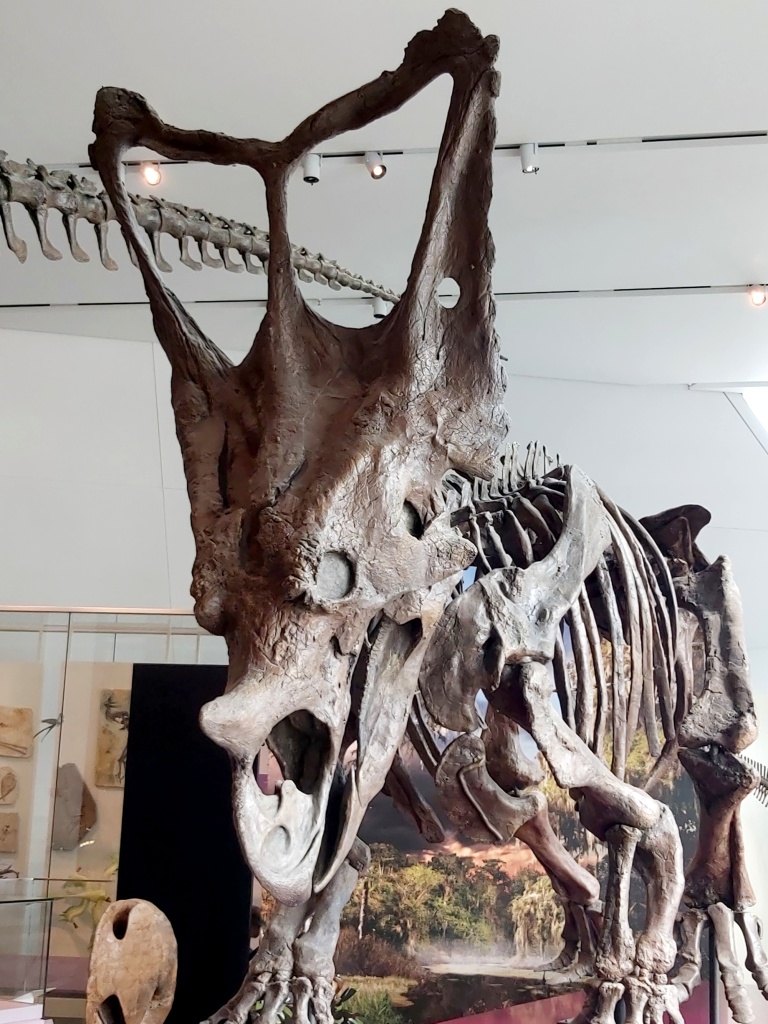
A notable feature of the dinosaur galleries is the number of creatures suspended from the ceilings. These include various Pterosaurs and prehistoric sea creatures.


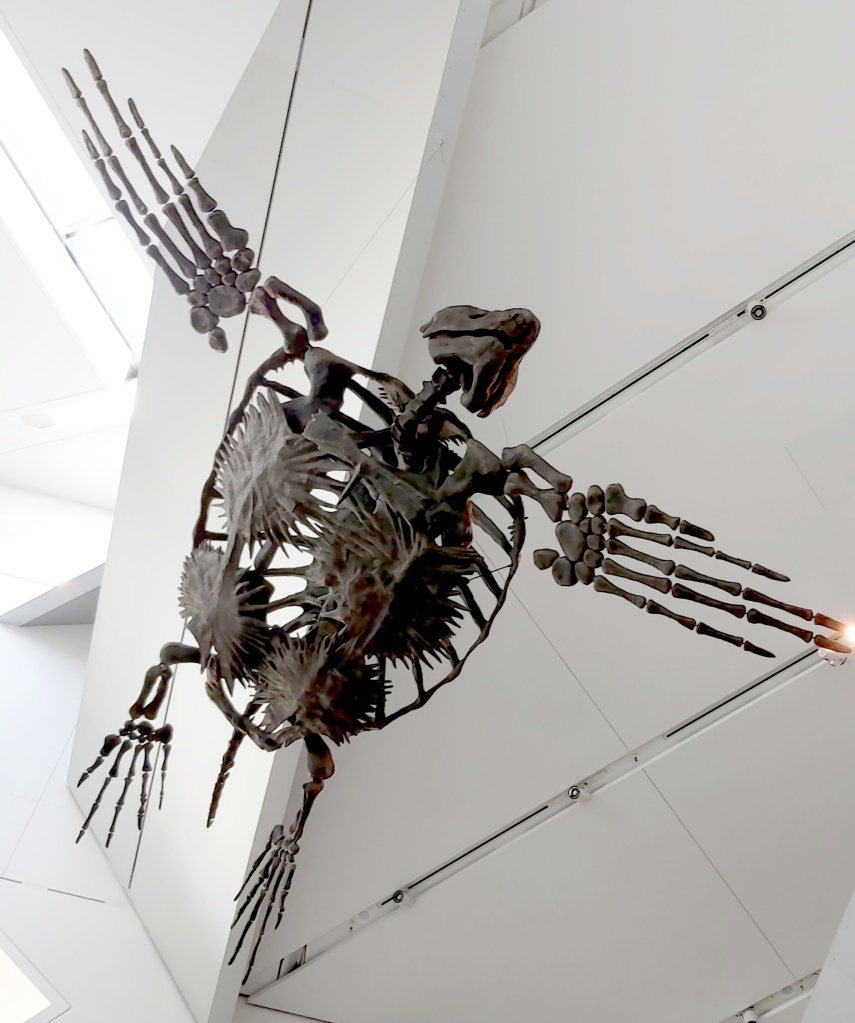
The ROM has many other interesting displays covering various aspects of the natural world and world culture. There is a good exhibit on biodiversity and a fine collection of minerals and gemstones. The European history exhibits are fairly small but with many fine specimens including nice Cycladic and Etruscan pieces.

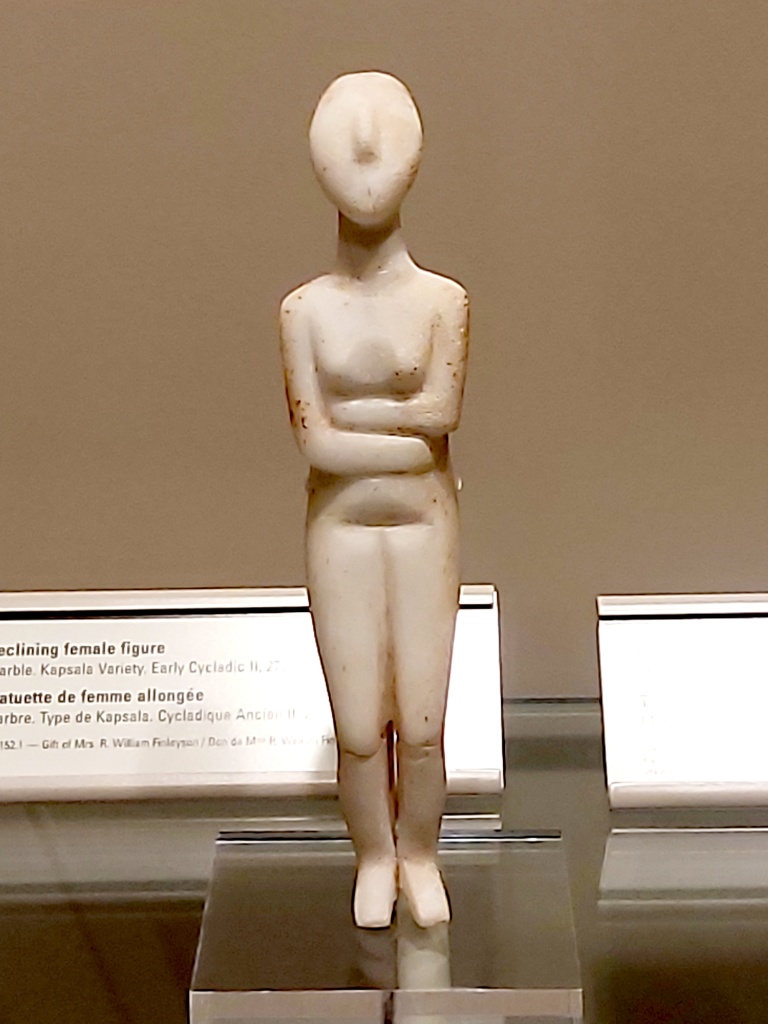
The museum has large galleries dedicated to Canadian First Peoples but other world cultures are mainly represented by quite limited displays. The exception being Chinese displays, which have a large and prominent set of galleries with many fine artefacts, particularly the early ceramics. Sadly, many of the Chinese displays are in cases with glass all round and this combined with harsh lighting from a multitude of sources can make viewing difficult and photography near impossible.

If you have enjoyed this bit of virtual lockdown travel, we plan to go somewhere else very soon. Maybe to Japan next!
Take good care of yourselves – Wai-Yuk and Alex


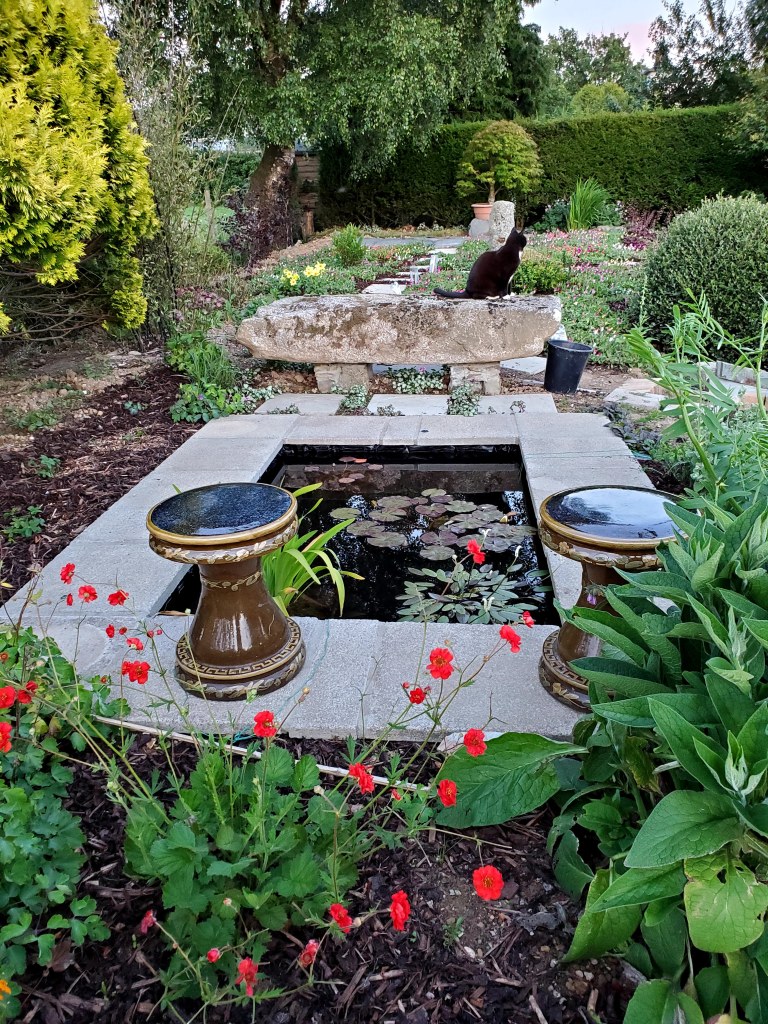
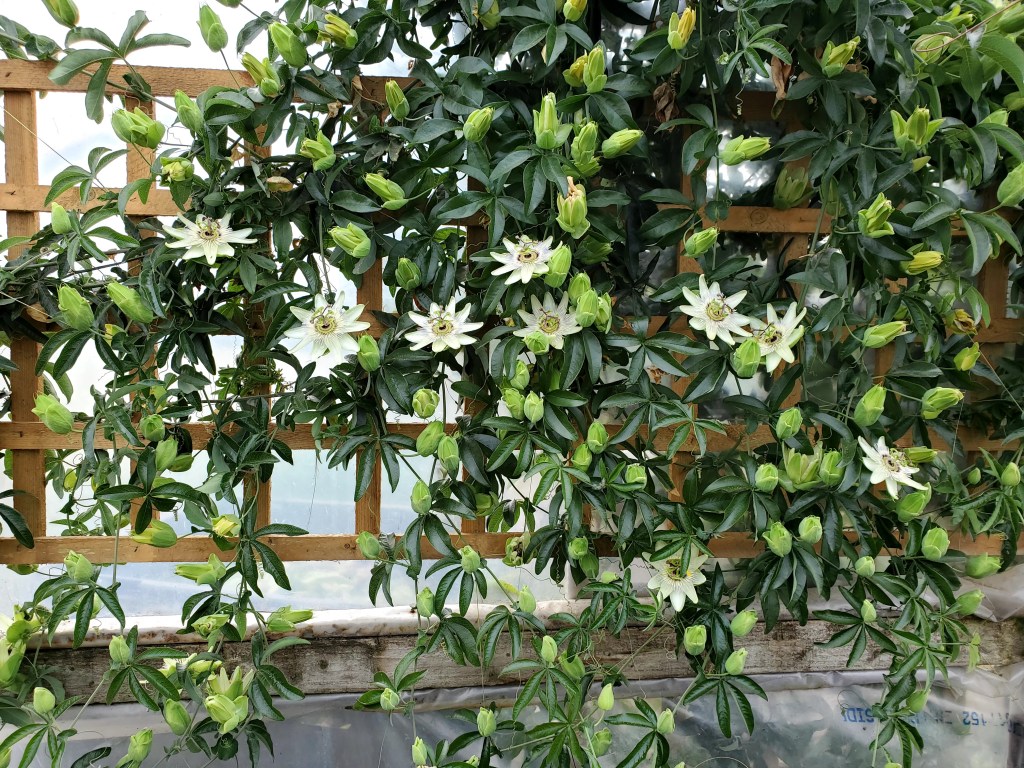
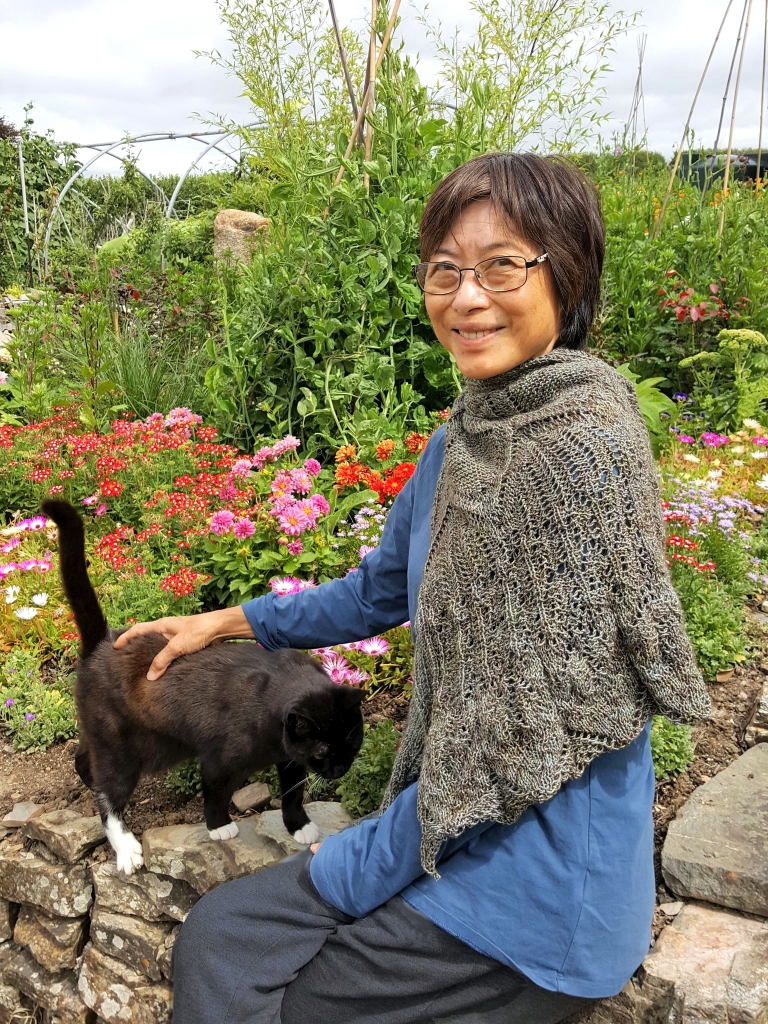


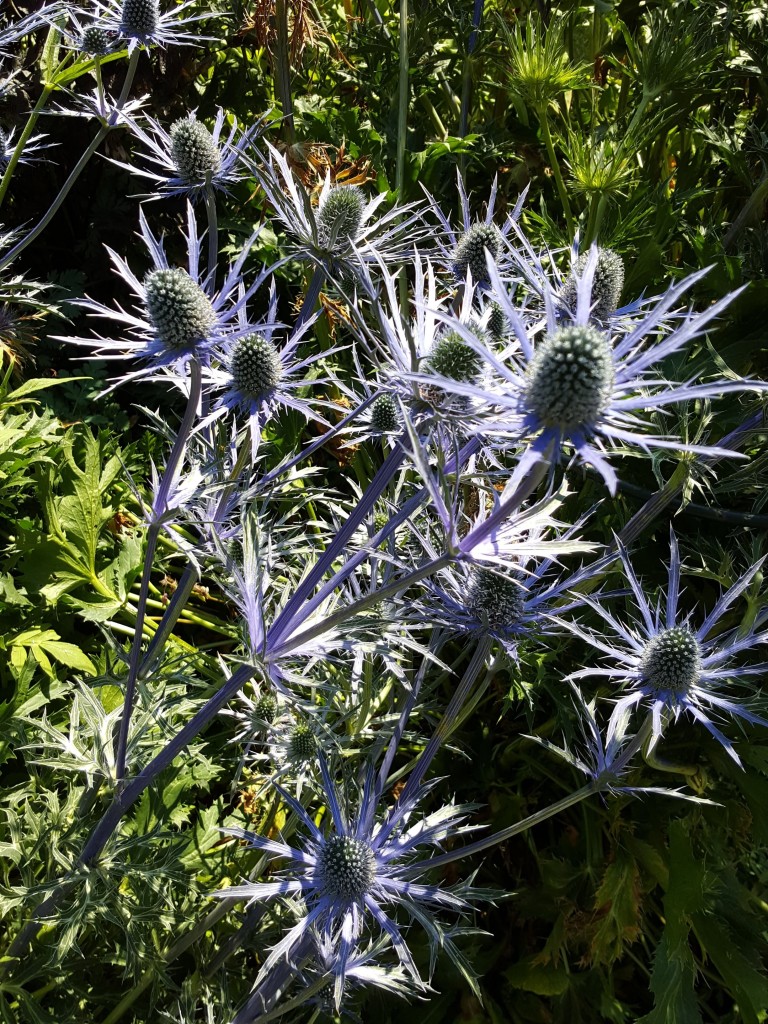
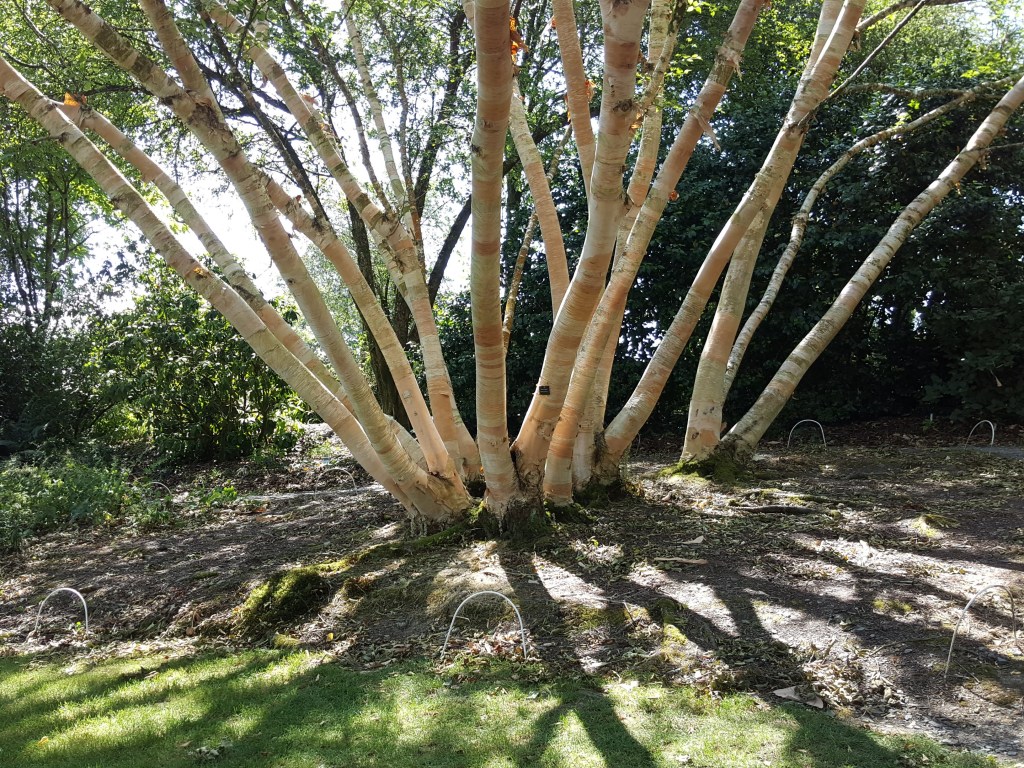
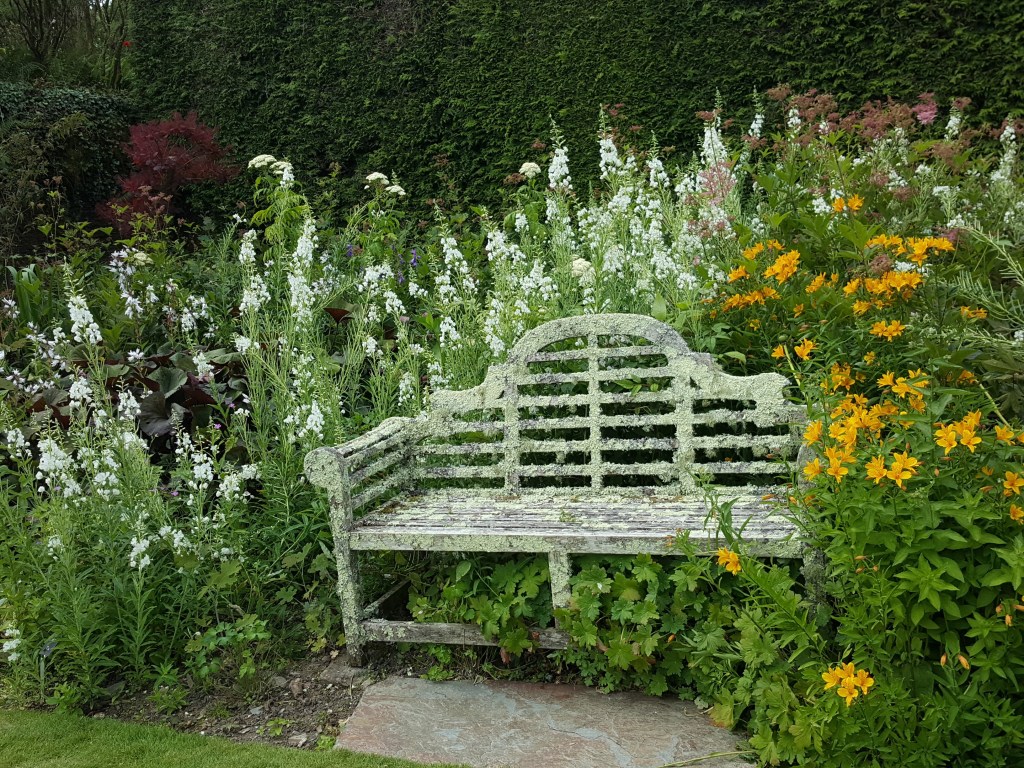





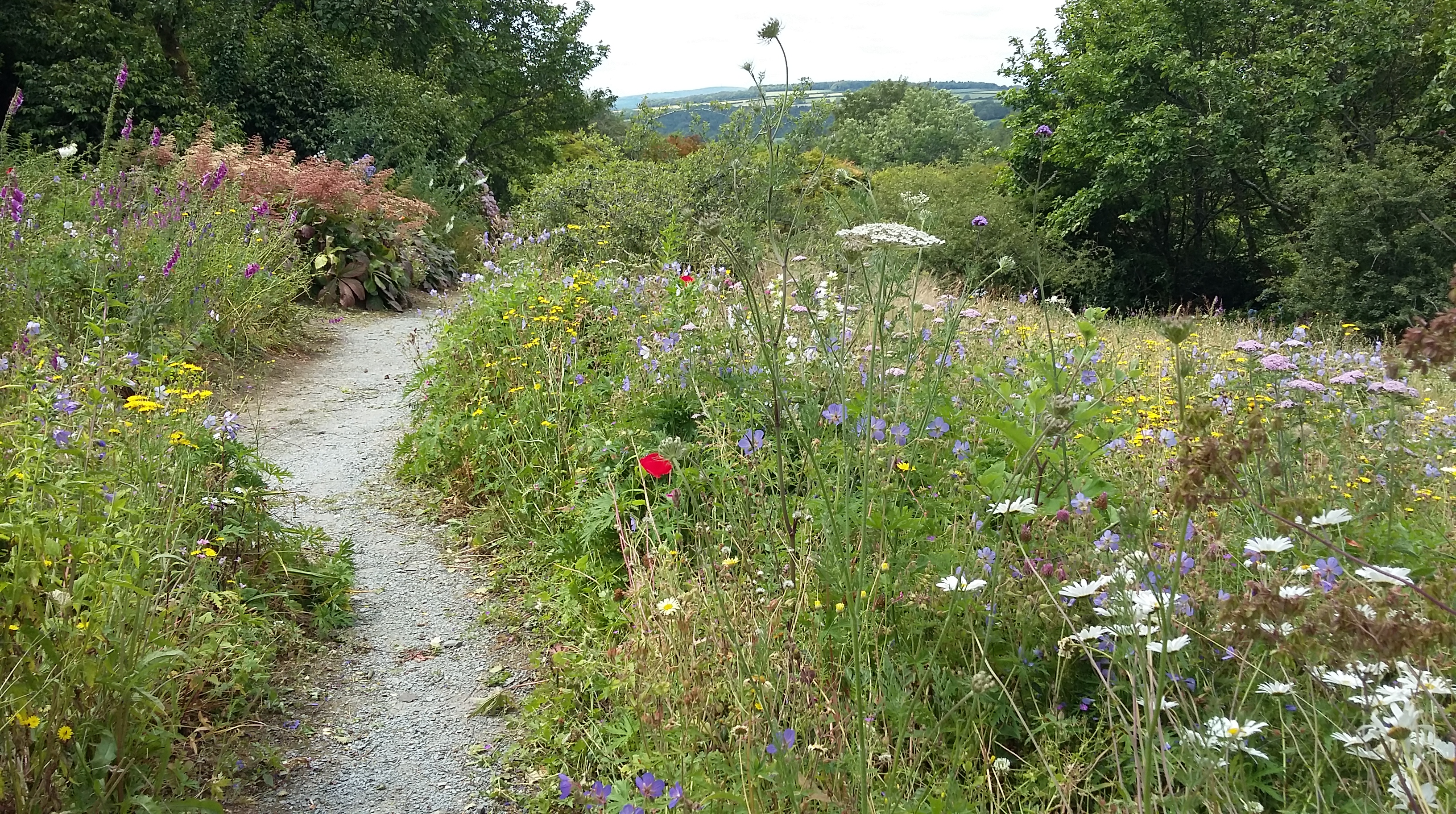
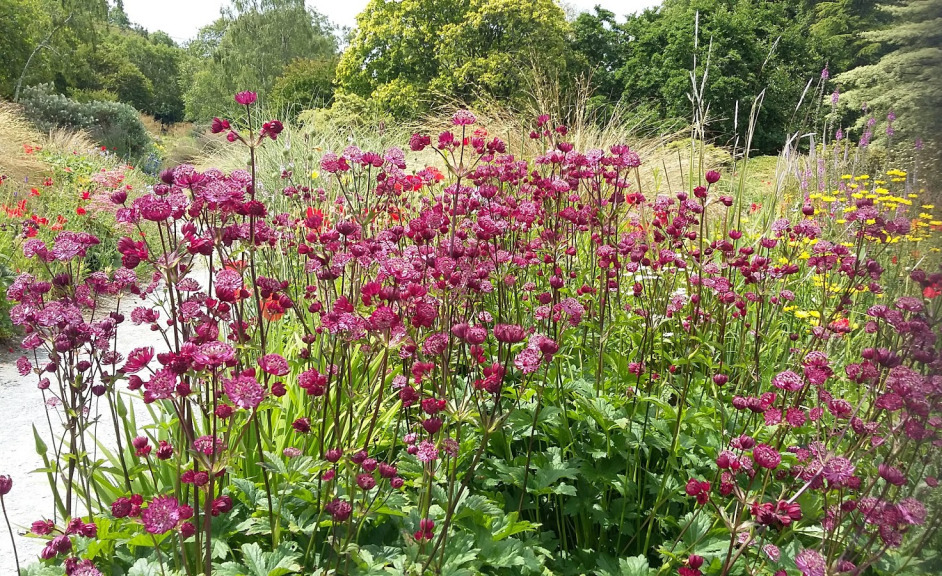


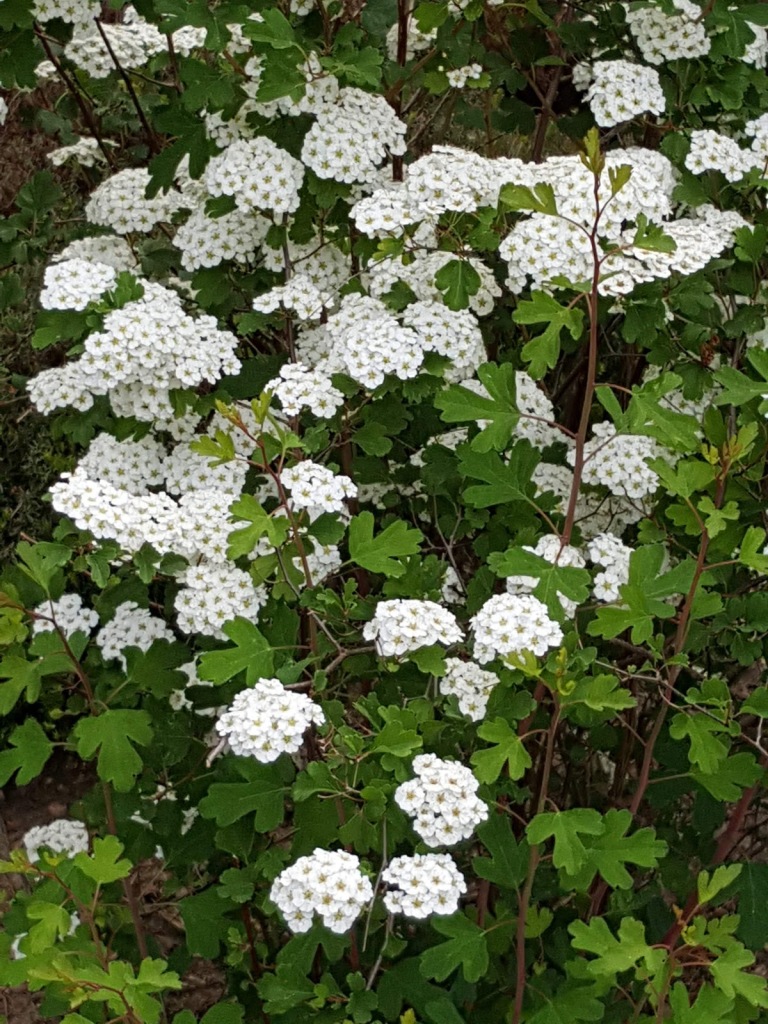
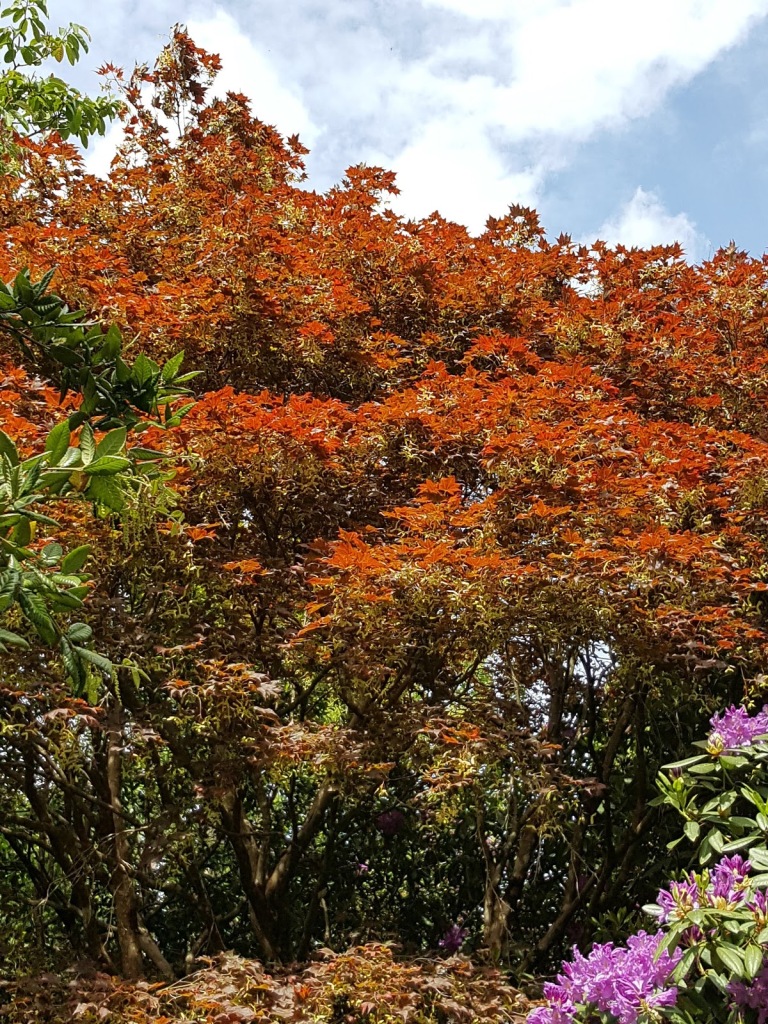




















 Unfortunately, there was no way to get a better view (though I did consider sending Alex up a tree), but hopefully these photos will convey some of the drama.
Unfortunately, there was no way to get a better view (though I did consider sending Alex up a tree), but hopefully these photos will convey some of the drama.

























































 The Graduation Ceremony at the Sheldonian Theatre.
The Graduation Ceremony at the Sheldonian Theatre.  The family all together after the ceremony (my son in formal wear…)
The family all together after the ceremony (my son in formal wear…)























